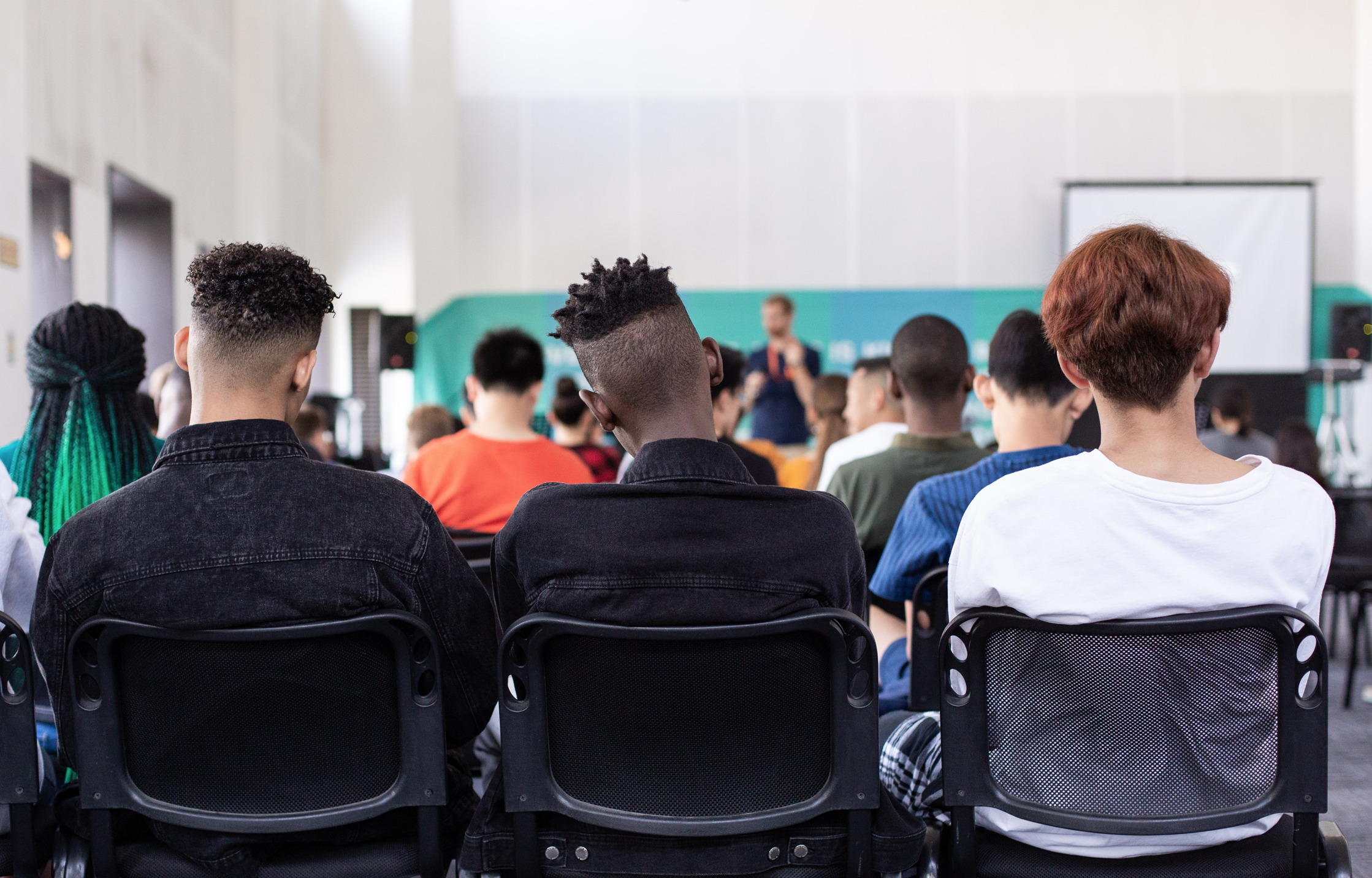Humanity has always been on the move. As our human history has progressed, different civilizations have developed trade routes and cultural exchanges leading to exchanges between populations. These migratory phenomena continued via military conquests and great explorations. This luxury has been facilitated and accelerated from the second half of the 20th century thanks to technological progress in transportation and communication. These advances have led us to live in an ultra-connected world, which allows us today to fly to an unknown destination in a few movements for various reasons such as to find a job, to study or to join his family among other perspectives. This free movement of goods and services, people, technologies, capital and cultural practices is an achievement for some but not for others.
Migration brings us to a consolidated multiculturality
According to the United Nations, the flow of migration has never been as important as it is today. In 2019, humanity had 51 million more migrants than in 2010, reaching 272 million people on the move. Many do not choose to migrate (refugees, asylum seekers, internal displacement), but find themselves uprooted around the world due to conflict, persecution, terrorism, human rights violations or environmental causes such as climate change.
As a result of these desired and unwanted migrations, each region and country adapts to a cohabitation of several cultures. Each community has its own culture that influences the perception, thinking, values and actions of all its members. Within these communities, there are many different cultural expressions (ethnic, religious, etc.).
In other words, multiculturality is part of us. It is becoming increasingly rare to be able to claim to be 100% native of one’s country. We all have genes coming from somewhere else and we can only be proud of it. We all interact daily with our Spanish neighbor, our Moroccan colleague and our Polish baker. The key is to be interested in your fellow man, being open and tolerant of a culture different from your own. It is by exchanging on visible (food, music, language,…) and invisible (beliefs and conceptions) themes of the cultural iceberg that we will achieve a homogeneous inter-culturality.
Indeed, globalization has a complex, deep and global influence on the reality of our society. And immigration is neither harmful nor positive, it all depends on what we offer as a host society and on the goal pursued by those who immigrate. Living together is the result of the meeting of individual and group wills which, in order to be effective, must take appropriate action. The integration of all is a challenge that concerns each and every one of us, born here and coming from elsewhere. Our society is like a garden full of beautiful exotic flowers, it just needs a gardener to show them off. Here are a few initiatives that showcase them.
We move for a better world
The first initiative, being a project supported by Semlex for Education, is Teach for Belgium. Part of the Teach for all network, this Belgian non-profit organization works for a quality education for all students. Their objective is to recruit, train and accompany teachers who go to teach in the most disadvantaged schools in the country.
Another great initiative is SINGA Belgium, a community of professionals from all walks of life (artists, students, athletes,…) who want to exchange and get to know each other. Through its various activities, such as the creation of pairs and shared accommodation between newcomers and locals, SINGA promotes the inclusion of refugees.
Born from a double observation, that on the one hand there is an inequality of access to the job market for young people with an immigrant background and on the other hand a low activity rate and a lack of valorization of the skills of people over 50 years old, this intercultural and intergenerational project that is Duo for a job has emerged. It is a win-win relationship that allows us to fight against discrimination by valuing the skills of our seniors while including young migrants looking for a job. This creates social links, understanding and solidarity.
Moreover, every man and woman, whatever their origin, income, social situation and education, has the right to economic initiative, which allows them to take their destiny in hand. Unfortunately, many people do not have access to financing from the traditional banking sector. This is unfair and to remedy this Microstart, the leading microfinance institution in Belgium, grants microcredits to (future) entrepreneurs in order to facilitate access to entrepreneurship for all.
All these great initiatives that facilitate the inclusion of our newcomers are examples of the well-being that living together brings to society. It’s up to us and together we can make things happen.
We leave you with the words of Erich Fromm who summarizes this article in a few words; “Neither the good nor the bad result comes automatically or in a predetermined way. The decision is up to the man. It depends on his ability to take himself, his life and his happiness seriously, it depends on his willingness to confront his own ethical problem and that of society. It depends on his courage, to be himself and to be for himself. ”
Semlex for Education is very much in line with its stated projects as it supports the most promising educational projects with the goal of reducing socio-economic inequalities around the world.


